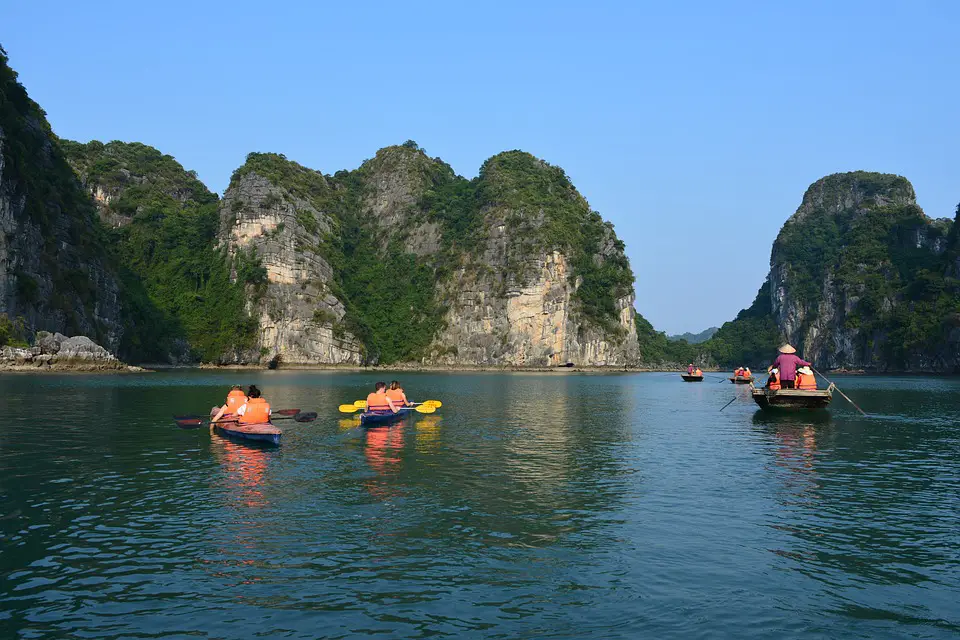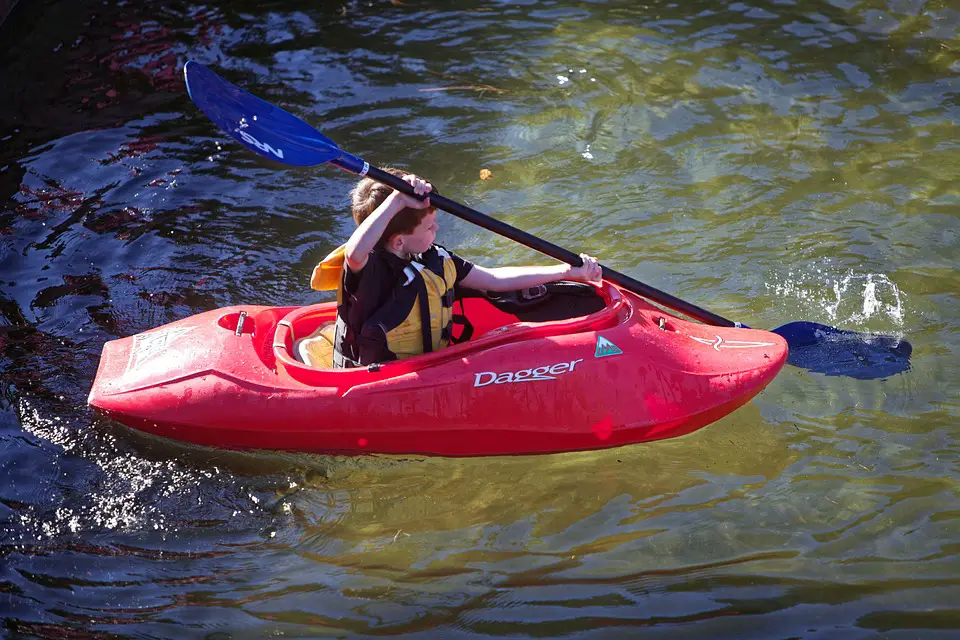Beginners often have many questions to ask when it comes to kayaking. For example how hard is it to kayak 5 miles?
However, with time and training, you would learn more about kayaking long distances. Many factors determine how far you can go in any mile.

From a strategic point of view, many paddlers want to know the miles they can cover in a day.
They can plan their kayaking when they understand the distance and duration to cover in their water adventures.
Table of Contents
How Hard is it to Kayak 5 Miles?
The question would depend on different factors. If you can learn more about these factors, you can decide if it is hard or easy to kayak 5 miles.
Paddler experience
To cover a mile, you should know the distance you can reach with a kayak. The first thing that matters is your experience.
How you paddle determines how fast a kayak can go and how fast you can get tired. If you have no experience, it would take you a longer time to complete a mile.
As a beginner, you should know what it takes to kayak. You should also train more to move fast.
Beginners could complete an average speed of two miles per hour. However, this would depend on your experience and fitness.
The truth is that you may not find it easy to paddle your kayak. Kayaking needs a lot of stamina and endurance.
You may suffer from sour arms a couple of times, want to take pictures, or just want to stop.
However, professionals can easily complete five miles per hour. The reason is that they have padding techniques and stamina.
Amount of weight
Besides the experience of a paddler, the kayak’s speed will depend on the load you are carrying.
When the kayak is light, it would be easier to increase your speed and cover more miles. We recommend that you carry less stuff in your vessel.
Another reason why your kayak could drag is if you have more people on your kayak. The tandem is better because it can carry two people and speed faster than a single person speed.
However, the speed depends on the experience of the paddlers.
Paddling Location
The speed of a kayak depends on the paddling location. If you are going through a calm lake, turbulent river, sea, or obstacles, you have a different speed.
You can suffer an increase or decrease in speed with 1-2 mph.
On the weather
The weather condition is another factor to consider when it comes to speed. If the water is calm with no currents, it can be easy kayaking for you.
However, if you experience strong currents, or your kayak goes against the current, you will need more strength to kayak.
Also, when the weather is windy, the action is different. Whether you are going with or against the wind, you will have limited speed.
The best condition is having the wind direction and the current in your favor. You will reach your destination faster.
Weather conditions often affect water conditions. You should know that weather and water conditions are factors when calculating how long it will take to kayak a mile.
- Weather conditions can cause us different concerns depending on whether we are on a lake, ocean, river, or sea.
- During dry weather, we experience different water conditions. Rivers may have areas that are too low to paddle through.
This would force kayakers to move with their gear periodically.
- When you experience winds at your front and sides, it can slow you down significantly.
- Favorable winds from behind can speed up your journey.
- Meanwhile, experiencing choppy water will slow your speed.
- Strong ocean currents can slow your progress.
- When it comes to higher river waters, you will experience mean stronger currents that can increase your speed unless a mishap occurs.
You should know that swollen rivers can impose dangers. This means that you can easily be driven into obstacles or floating obstacles like trees and debris can find you.
- Rain can often slow you down and even force you to find temporary shelter.
We recommend not to kayak in severe weather. You should consider the weather prediction or report in your area before you kayak.

Lighting and floodwaters are extremely dangerous.
Type of Paddle
You should consider a paddle if you want to improve your kayaking speeds. You cannot overlook a paddle if you want to have a great kayaking experience.
A kayak paddle is important when it comes to your shoulders’ broadness, height, and width of your kayak.
We have two types of paddles, and they include:
-
High-angle paddles
: The paddle is designed to capture and hold water. The paddle also let you take more aggressive strokes and faster propulsion.
They come wider and shorter and are best suited for narrower kayaks built for speed.
-
Low-angle paddles
: The paddle is designed with long and narrow blades. They are designed to cut through the water easier, ensuring less fatigue. They’re best suited for broader, recreational kayaks and more relaxed paddling.
Kayak design
The design of a kayak will determine how fast you can complete a mile. In general, the long and narrow kayaks is faster and easier to paddle than the short and heavy ones.
How long does a 5 mile kayak take?
Seasoned professionals who own good kayaks can paddle round 5 miles within an hour or higher.
The speed can be affected by stamina and weather conditions.
Is Kayaking 5 miles a lot?
Beginners may find it hard to kayak 5 miles at the onset. With practice and experience, kayaking 5 miles may not mean a lot to them.
How hard is it to kayak a mile?
You should ask yourself how fast can you paddle your kayak. Do you have experience to kayak in any weather condition?
If you are experienced and physically fit, you can travel with a kayak within 3 miles per hour.
However, recreational paddlers and beginners will reach average kayak speeds of approximately 2 miles per hour.
Meanwhile, a realistic situation is that an average of 20 to 30 minutes is needed to paddle a kayak a mile.